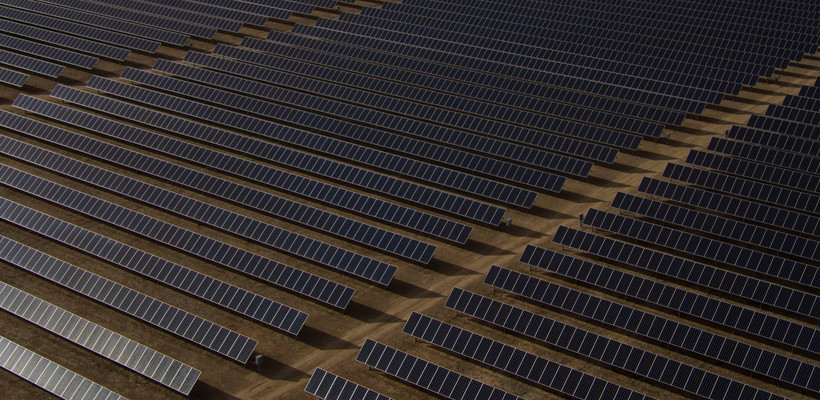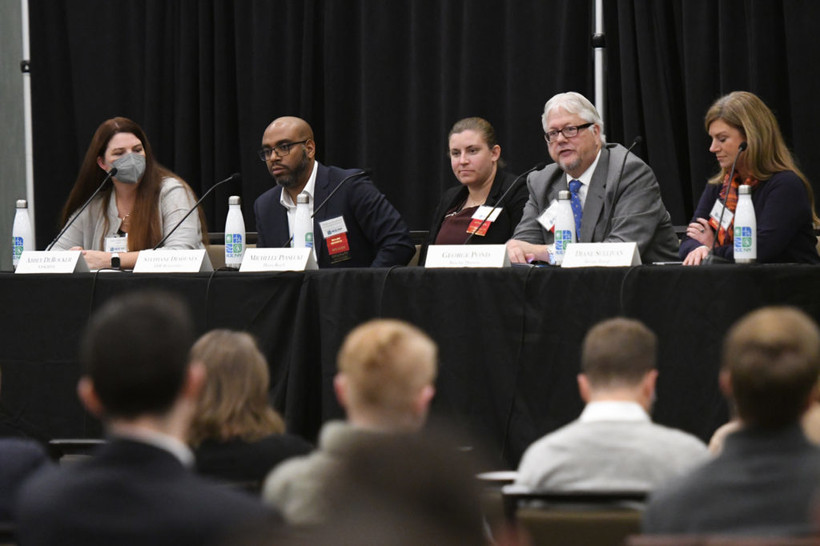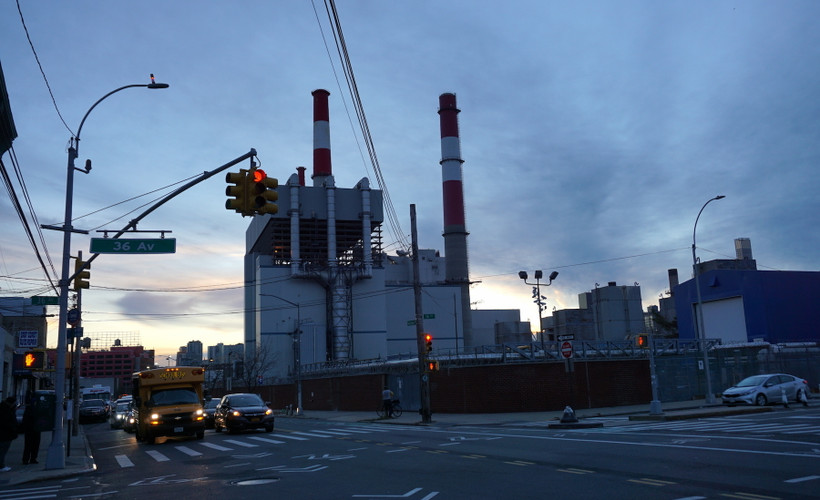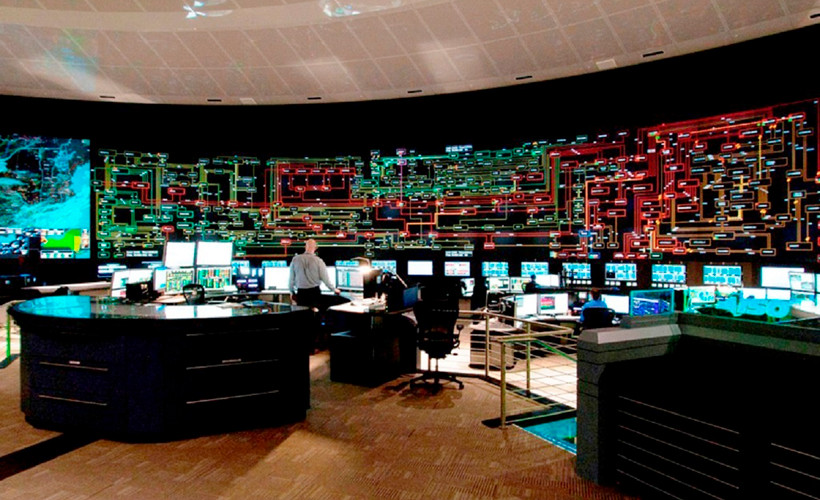To Meet Climate Mandate, New York Needs to Learn How to Build Clean Energy Again
After a decade of building virtually no large-scale renewables, New York is planning to build enough to power millions of homes over the next eight years. What will it take to pull it off?

“We’re building the plane as we’re flying it.”


Before Kathy Hochul paused it, the tolling program lost the little labor support it had when the Transport Workers Union withdrew its backing this spring.
More counties are turning to private corporations to run medical care in jails. The companies have deadly track records.
Rebecca Lamorte was let go by her employer in June, prompting the Assembly Speaker to place an upset call to her boss.
As the state has backpedaled on congestion pricing, it has made no progress on nearly half of its other transit-related climate goals.
The state is blowing past key milestones on the way to its big emissions targets.
The constant gridlock is a major drag on Manhattan’s businesses, and source of frustration for commuters. And it’s never been so bad.



